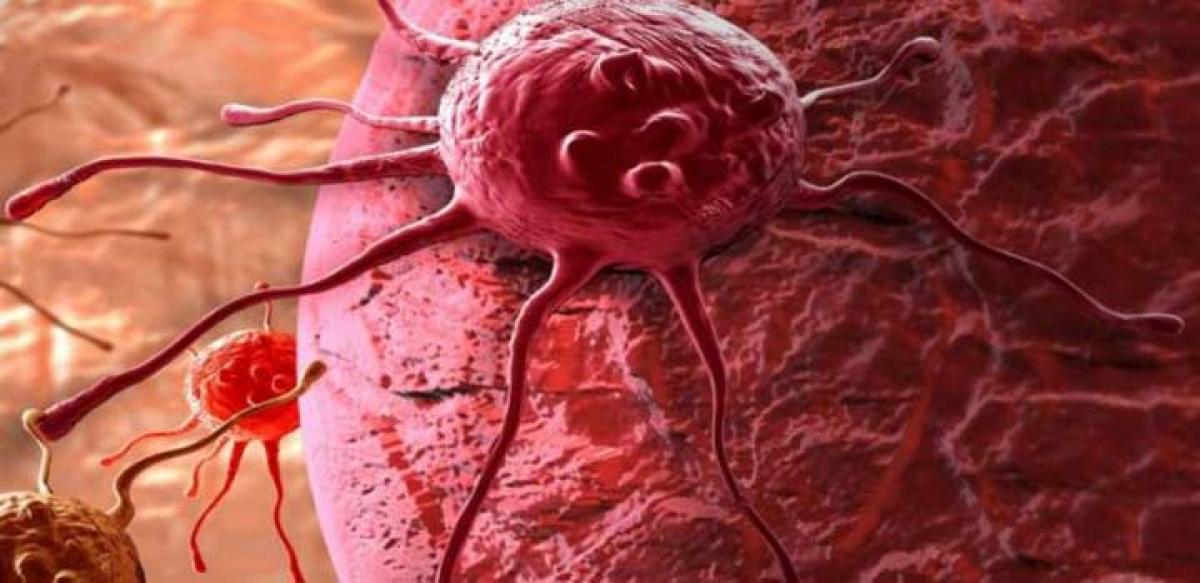Novel drugs that disguise as human platelets to target cancer

Novel drugs that disguise as human platelets to target cancer. In a first, researchers have developed a technique that coats anti-cancer drugs as patient\'s own platelets, allowing the drugs to last longer and attack both primary tumours and the circulating tumour cells that can cause cancer to spread. There are two key advantages while using platelet membranes to coat anti-cancer drugs.
In a first, researchers have developed a technique that coats anti-cancer drugs as patient's own platelets, allowing the drugs to last longer and attack both primary tumours and the circulating tumour cells that can cause cancer to spread. There are two key advantages while using platelet membranes to coat anti-cancer drugs. First, the surface of cancer cells has an affinity for platelets -- they stick to each other.

“Second, because the platelets come from the patient's own body, the drug carriers are not identified as foreign objects so these last longer in the bloodstream,” explained Zhen Gu, assistant professor at North Carolina State University. Here is how the process works. Blood is taken from a patient - a mouse in this case - and the platelets are collected from that blood.
The isolated platelets are treated to extract the platelet membranes, which are then placed in a solution containing the anti-cancer drug “Dox”. The solution is compressed to create nanoscale spheres made up of platelet membranes with the drug. These spheres are then treated so that their surfaces are coated with another effective anti-cancer drug named “TRAIL".
“When released into a patient's bloodstream, these pseudo-platelets can circulate for up to 30 hours - as compared to approximately six hours for the nanoscale vehicles without the coating,” the authors noted. In mice, the researchers found that using the pseudo-platelet drug delivery system was significantly more effective against large tumours and circulating tumour cells.
“This combination of features means that the drugs can not only attack the main tumour site also attacking new tumours before they start," added Quanyin Hu, PhD student in the joint biomedical engineering programme. We think the technology can be used to deliver other drugs such as those targeting cardiovascular disease, the authors concluded.
















